Ready to give your portfolio a boost with generative AI projects? In a world transformed by innovations like ChatGPT and DALL-E, standard projects might not catch the eye of employers.
If you’re looking to impress recruiters, this article is just what you need.
I’ve curated fantastic generative AI projects to make you stand out in the field of data science. Let’s begin!
Bug Fix Assistant
Bug Fix Assistant is a tool or assistant designed to help with the process of identifying and fixing software bugs.
Recently, GitHub launched GitHub Scanning Autofix, a feature that allows the platform to fix bugs and security vulnerabilities in code automatically. This project can create a unique impression on recruiters.
Key Features
- Automatically analyzing code to identify potential bugs, whether through static analysis, dynamic analysis, or machine learning techniques.
- Providing suggestions or recommendations for bug fixes based on the identified issues.
- The assistant might automatically generate and apply fixes for certain types of bugs with the developer’s approval.

I have been using GitHub Actions for quite some time, and here is an idea for your project that will help you enhance your skills in bug fixing.
Project Idea
Building an entire project from scratch can be challenging, but you can enhance your portfolio by contributing to an open-source project.
GitBug-Actions is a tool that utilizes GitHub Actions to create bug-fix benchmarks. The tool mines GitHub repositories and navigates through their commits, locally executing GitHub Actions using act in each commit considered.
Finally, the tool checks if a bug-fix pattern was found by looking at the test results parsed from the GitHub Actions runs. If a bug fix is found, GitBug-Actions can export a Docker image with the reproducible environment for the bug fix.
The reproducible environment will preserve all the dependencies required to run the tests for the bug fix, avoiding benchmark degradation due to unavailable dependencies.
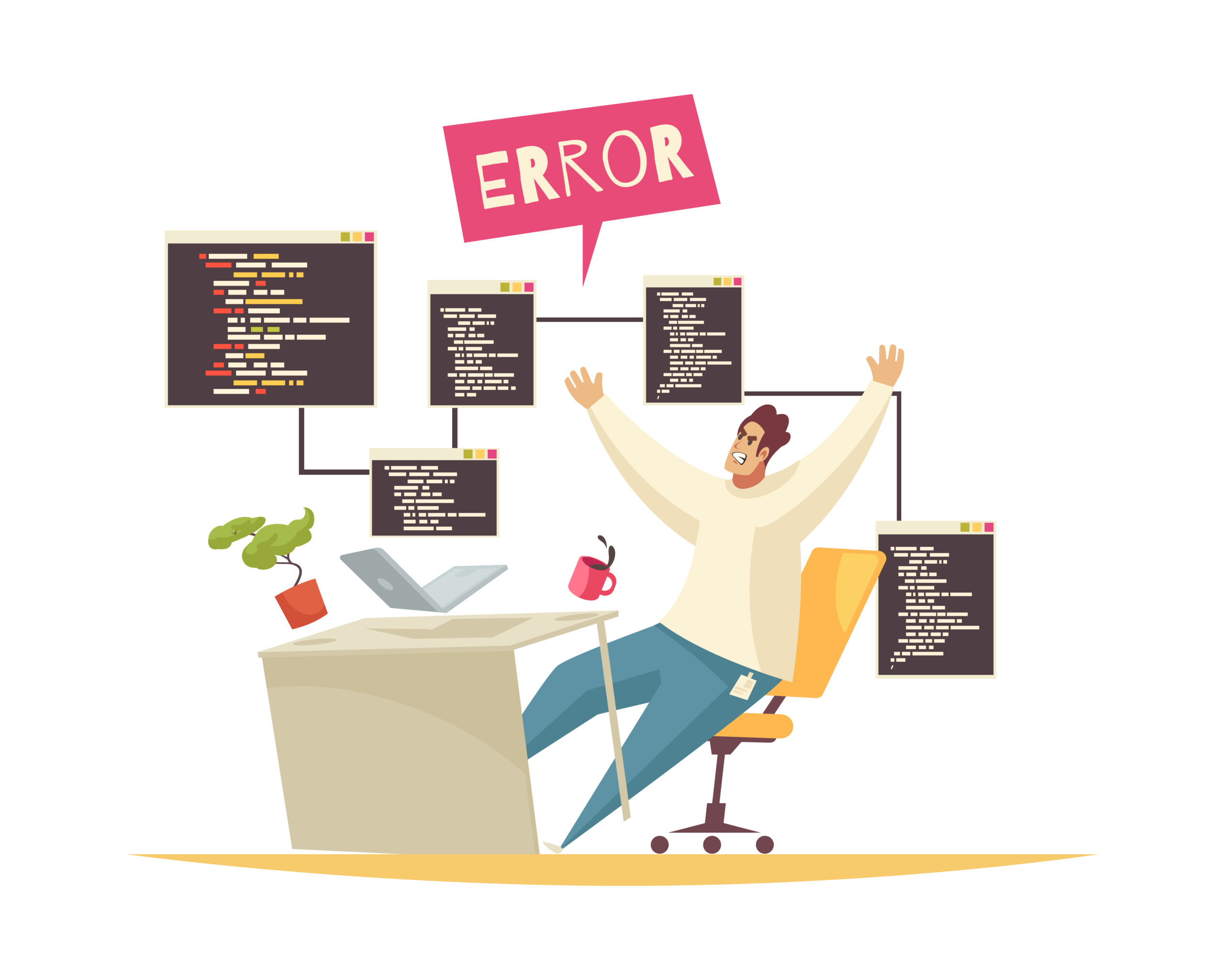
The skills you can acquire after contributing to this open-source project include:
Skills You Can Gain
- Encounter and solve practical challenges faced during the development of the GitBug-Actions project.
- Familiarize yourself with open-source development etiquette, including code of conduct, contributing guidelines, and collaborative practices.
The skills you acquire may depend on the specific problems you solve or your contributions to the project. However, that’s not all, I also have some more exciting projects lined up in this article.
AI Code Assistant
An AI programming assistant or code completion tool is a tool that uses artificial intelligence and machine learning to help developers write and edit code more efficiently.
Its primary goal is to enhance productivity by providing intelligent suggestions and context-aware recommendations during coding.

Key Features
- Automatically suggests code snippets, function names, variable names, and other relevant elements as developers type, reducing the need for manual typing and minimizing errors.
- Identifies potential errors in the code in real time and offers suggestions for corrections, helping developers catch mistakes early in the development process.
- Performs static code analysis to identify potential issues, code smells, and opportunities for improvement.
- Recommends commonly used code patterns, idioms, and snippets to accelerate development and encourage best practices.
While it may seem like a challenging project, don’t worry. Below, I have provided a tutorial to guide you in building your project.
Project Idea
Build an AI code assistant with Pipet Code Agent is a tutorial by Google to create your own AI code assistant. This tutorial shows you how to extend Pipet Code Agent, an AI-powered code assistance tool built by the AI Developer Relations team at Google.
This open-source project is an extension for VS Code that helps you take care of some of the important but less fun tasks of coding, such as commenting on your code, finding mistakes, and suggesting improvements.
The extension sends coding assistance requests to the PaLM API and incorporates the replies into your code editing window. PaLM is a Generative AI Large Language Model created and maintained by Google.
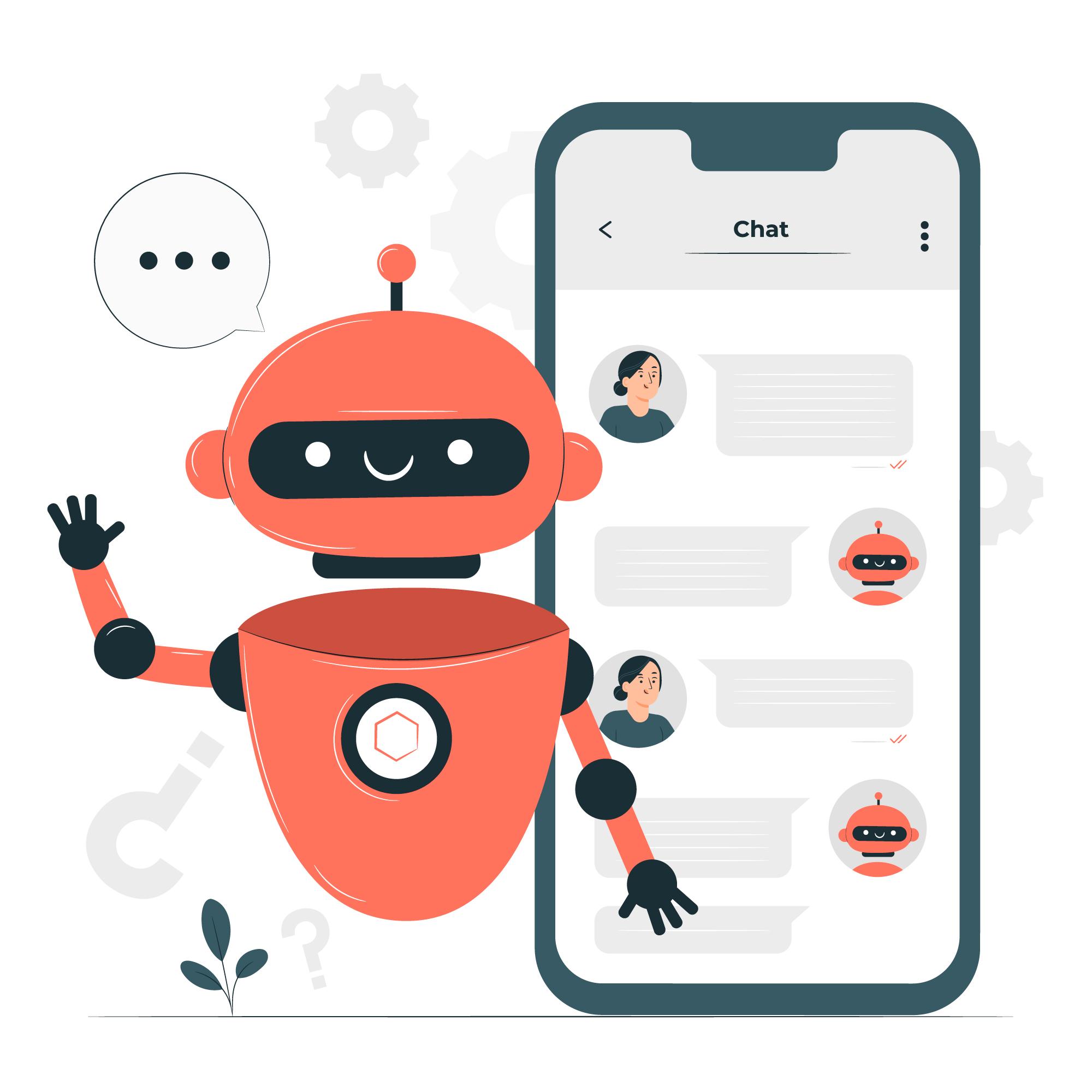
Skills You Can Gain
- Gain experience integrating external APIs, specifically the Google PaLM API, into a code assistance tool.
- Learn how to use Node.js and NPM for managing packages and running applications in the context of a VS Code extension.
- Understand how to integrate new commands into the existing extension code by updating the extension.ts and package.json files.
- Understand how to interact with AI language models, shape prompts, and interpret responses to enhance code assistance functionalities.
The experience and skills gained from this project will significantly enhance your portfolio, making it stand out.
Also read: Top Machine Learning Models Explained
Code Documentation Generator
You may have worked on many machine learning projects wherein, upon project completion, you have to document your code. This can be another headache for data scientists or developers. Therefore, a potential solution exists: the Code Documentation Generator.
A code documentation generator is a tool that automatically creates documentation for your source code. It helps developers, users, and other stakeholders easily understand, use, and maintain the codebase.

Key Features
- Code documentation generators automatically extract information from the source code to create documentation, reducing the need for manual documentation.
- They analyze comments within the code, including special tags or annotations, to generate comprehensive and structured documentation.
- Some generators facilitate collaborative documentation efforts, allowing multiple contributors to work on the documentation concurrently.
Believe me, for industrial recognition and to make your project stand out, a well-documented code project with appropriate documentation will be excellent.
Project Idea
Creating a code documentation generator using a language model involves several steps. The details may vary based on your chosen model and project requirements. Firstly, you need a dataset to train your model:
CodeSearchNet, created by GitHub in collaboration with several partners, is a collection of datasets for code-related natural language processing tasks.
Select a pre-trained generative AI model suitable for code-related tasks. Train the model on your dataset. Fine-tuning adjusts the pre-trained model’s weights to better suit your specific use case. Once the model is fine-tuned, set up an inference pipeline to generate documentation for new code snippets.
There are different tools you can use for documentation according to programming language. Popular documentation generators for various programming languages include Sphinx for Python, Javadoc for Java, Doxygen for multiple languages, and more.

Utilize these tools to generate your project, and they will be helpful for your portfolio.
Skills You Can Gain
- This is an opportunity to learn new technologies and tools that enhance the capabilities of your Code Documentation Generator.
- Data Preprocessing, Model Selection and fine-tuning, Interference pipeline, Model Deployment, Project management, and Debugging Skills.
I’m currently working on code documentation, and I’ll be sure to share my experience with you. For now, let’s move towards our next project.
AI Writing Assistant
You might be familiar with writing assistant tools or grammar checkers like Grammarly, which are available on the market. However, have you ever wondered whether you can develop one yourself?
The answer is yes! Now, you can craft your writing assistant using generative AI. Trust me, this project can significantly enhance the appeal of your portfolio.
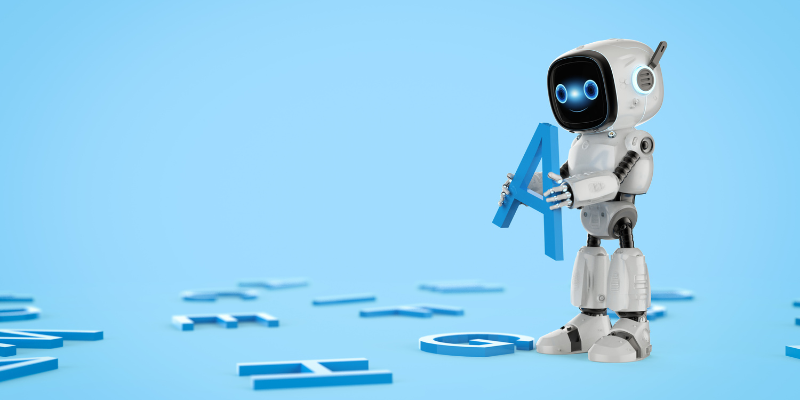
Key Features
- Analyzes and suggests improvements to sentence structures, enhancing overall readability.
- Provides suggestions for synonyms or alternative expressions to enhance and broaden the language utilized in the text.
- Provides real-time checks for grammar and spelling errors to ensure correctness in written content.
- Offers recommendations for adjusting writing style and tone to align with the desired context or audience.
If you’re using a writing assistant tool, you might be familiar with these features. Let’s explore how you can create your own.
Project Idea
Building an AI writing assistant with Wordcraft is a tutorial by Google. This tutorial guides you in extending Wordcraft, an AI-powered story-writing tool created by the Google People and AI Research team.
This web app uses Google PaLM API to help you build stories step by step, generate ideas, write parts of your stories, and revise content with more detail.
Now, you have the option to contribute to or take code references from Wordcraft to build your project. Alternatively, you can follow this tutorial, which will guide you in creating your own Grammarly-like tool.
You can acquire the skills needed to build your own writing assistant. However, if you aim to strengthen your portfolio, consider adapting code and enhancing it accordingly.
Skills You Can Gain
- Gain hands-on experience using different libraries, particularly those used in language-related tasks such as Gramformer.
- Design and optimize algorithms for grammar checking, style suggestions, and other writing enhancement features.
- Learn how to integrate external APIs, specifically the Google PaLM API, into a web application for enhanced functionality.
- Potentially contributing to an open-source project like Wordcraft, collaborating with others, and understanding project workflows.
But there are lots of writing assistants in the market. You can create your own language translator along with a writing assistant.
Language Translator
Creating language translator projects is important for breaking down language barriers and promoting global communication. These projects involve using natural language processing, machine learning, and software engineering techniques.
Working on such a project can enhance your portfolio and demonstrate your skills in these areas.
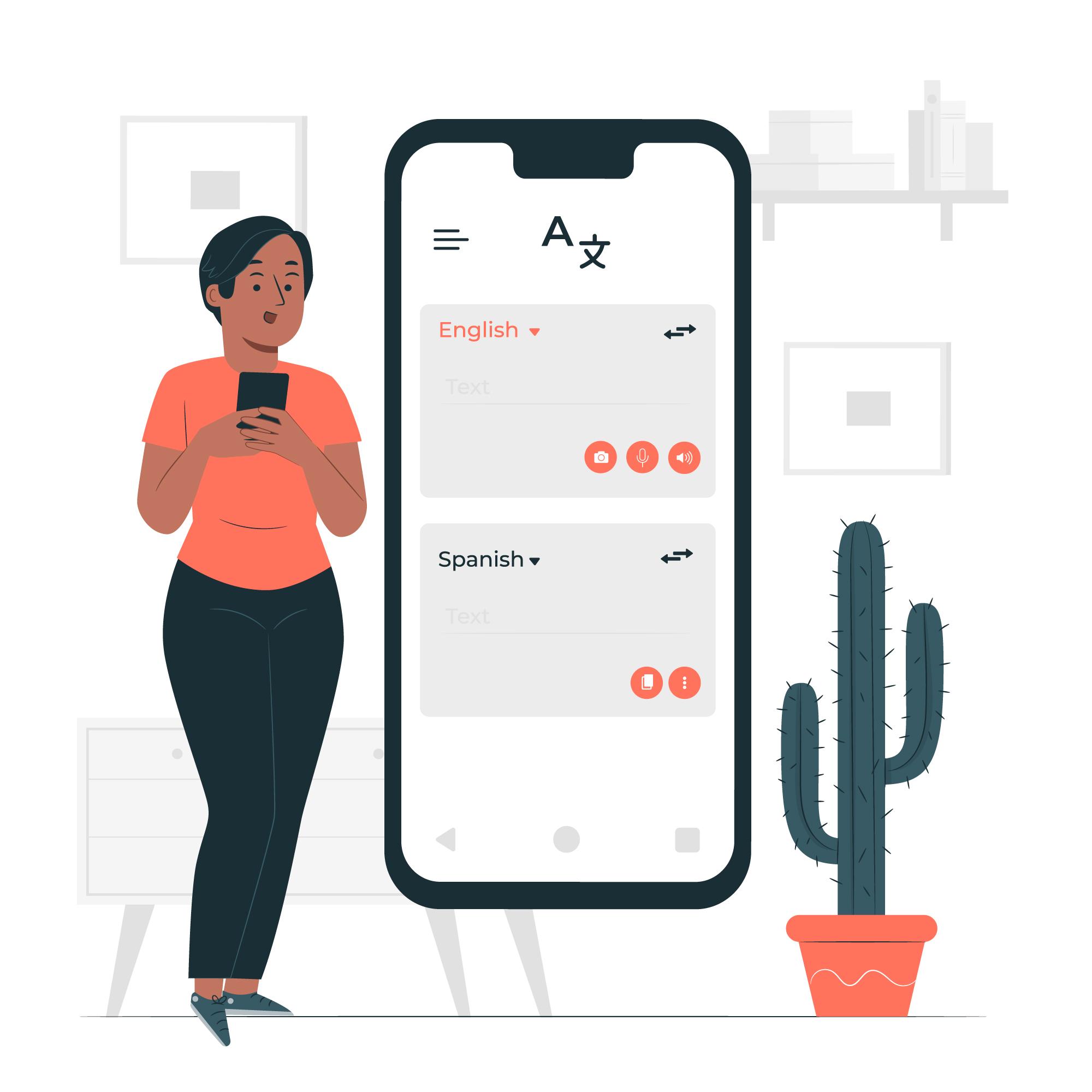
Key Features
- A language translator project involves converting text or speech from one language to another.
- Utilization of essential libraries such as tkinter for creating graphical user interfaces (GUIs) and googletrans for interfacing with the Google Translate API.
- Gain hands-on experience in web development by extending and customizing the translator application.
It is one of the easiest projects that you can complete within a few steps. Let’s discuss the project.
Project Idea
In Language Translator using Python project, you’ll use libraries like Tkinter for GUI and googletrans for the Google Translate API.
The tutorial highlights the relevance of text translation for global websites and introduces the translation package. By following the steps, you can create your language translator in Python and see effective language translation in action.
You can make changes as needed and add an evolved version to your data science portfolio.
Skills You Can Gain
- Gain experience in integrating external APIs, in this case, incorporating the Google Translate API into your Python project.
- Gain insights into linguistic and cultural considerations when working with language translation, improving your cross-language understanding.
- Creating a textbox for input and output and creating a function to fetch data.
I will try to create a project that combines a writing assistant and a language translator. I’ll make sure to share it with you.
Also read: Natural Language Processing (NLP) Algorithms Explained
Audiobook Generator
An AI Audiobook Generator is a tool powered by artificial intelligence that transforms written text into spoken audio, automating the creation of audiobooks.
TTS systems meticulously analyze and convert textual content into audible speech, facilitating the generation of audiobooks, voiceovers, and various other spoken materials.

This is one of the best generative AI projects that you can add to your portfolio.
Key Features
- Integrating advanced text-to-speech technology to convert written text into natural-sounding audio using PyPDF2 or pyttsx3.
- Ability to generate audiobooks in various formats, supporting compatibility with different devices and platforms.
- Utilization of a powerful and customizable generative AI model (GPT-3) to create diverse and engaging content for audiobooks.
It may be a simpler project compared to others, but it is one of the trending and time-saving projects for those who prefer listening over reading.
Project Idea
You can convert any text to speech using Python. You can use libraries like PyPDF2 and pyttsx3. You have the opportunity to build your own audiobook generator model by training on audiobooks that are accessible on platforms like Kaggle.
To get a better understanding and work on a larger dataset, I would like to suggest you this research paper.
Skills You Can Gain
- Integrating and working with TTS systems for converting generated text into spoken audio using Python.
- Building and fine-tuning machine learning models, especially in the context of generative AI.
- Managing the project timeline, resources, and tasks to ensure timely and successful completion.
Now, let’s move towards our next project.
Document Summarizer
Summarization, in the context of document summarization, refers to extracting crucial information from a document to present it concisely while retaining its essential meaning and key points.
This process is valuable for handling extensive text volumes, allowing users to grasp main ideas swiftly without reading the entire document. Engaging in such a project can enhance your portfolio significantly.

Key Features
- The ability to generate concise summaries from PDF documents, providing a quick overview of the content.
- Leveraging the power of LaMini-LM for robust document understanding, enabling accurate and meaningful summarization.
- Utilizing state-of-the-art technology ensures the application is built on the latest advancements in the field.
There are plenty of tutorials and research papers available on PDF documentation or summarization of large articles. I would like to suggest this one.
Project Idea
There are various tutorials present all over the web and on YouTube. One of them is to Build a Document Summarization App using LLM on CPU: No OpenAI.
In this interesting guide, you can learn about Generative AI by creating a strong PDF summarization app. We’ll use a top-notch language model called LaMini-LM, which is advanced and helps us understand documents well.
I was part of a team working on document summarization during my internship. It is an open-source project. If you want to collaborate on such projects in groups, you can connect with interested participants on LinkedIn.
Skills You Can Gain
- Develop a strong understanding of Generative AI concepts and how they can be applied to real-world projects.
- Learn how to implement and integrate advanced language models, such as LaMini-LM, into applications for document summarization.
- Acquire skills in processing and extracting information from PDF documents, a common and valuable task in various domains.
- Deepen your understanding of Natural Language Processing by working with language models for text analysis and summarization.
The accuracy and quality of a summary depend on your data quality, approach, methods, and the model you use. At the same time, it may take some time to achieve quality results. But, I believe that the learning gained from the process is invaluable.
Custom Question-Answering Chatbot
According to Tidio, around 88% of customers had at least one conversation with a chatbot within the last year. Making your own chatbot is both challenging and rewarding.
Q&A chatbots are commonly used in customer support, information retrieval, and interactive applications where users seek specific information or assistance.
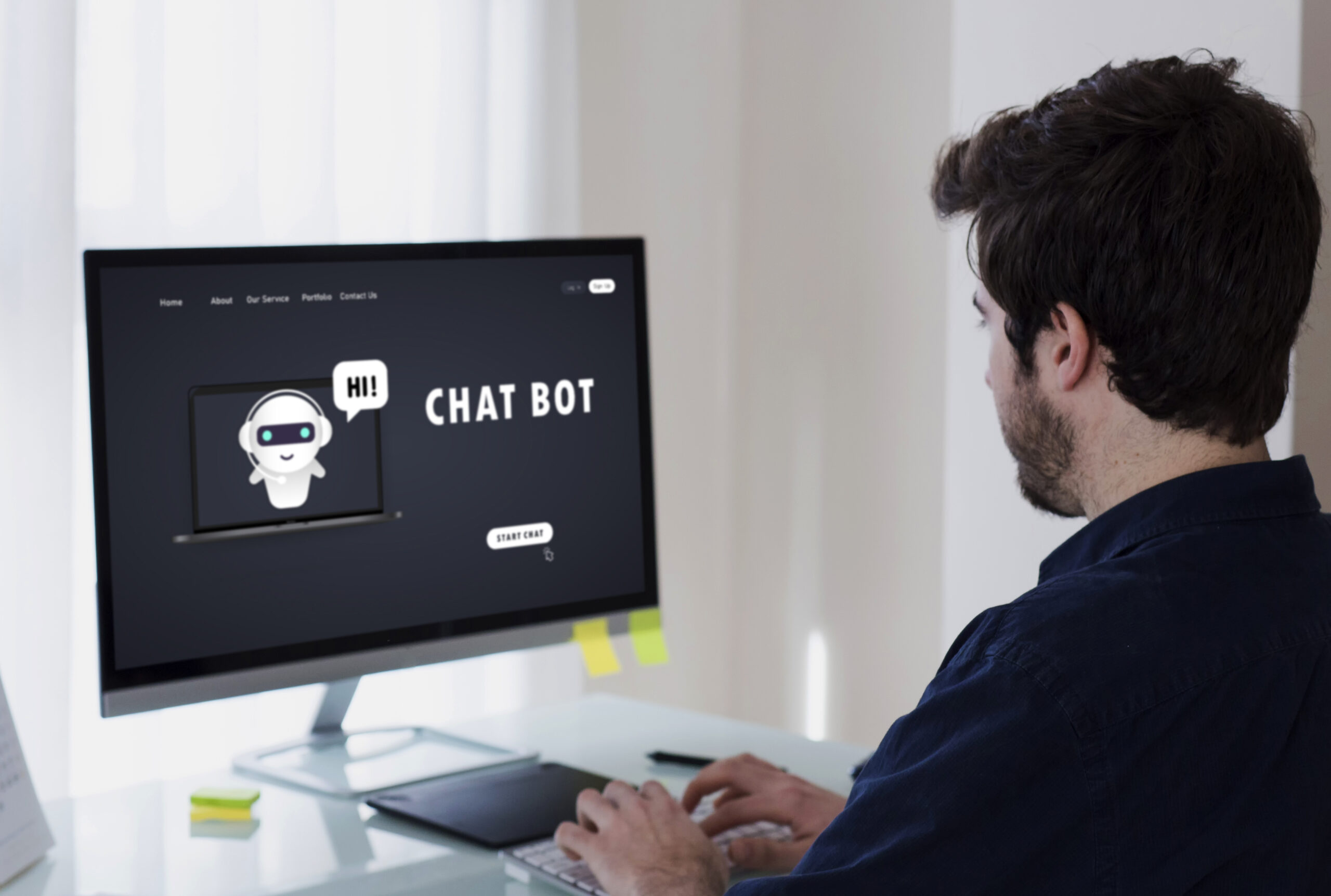
Key Features
- Q&A chatbots leverage NLP to understand and interpret user queries in natural language, allowing for more human-like interactions.
- A well-designed Q&A chatbot should be able to handle a large range of questions and scale effectively to accommodate a growing user base.
- Q&A chatbots should be adaptable to various platforms and communication channels, such as websites, messaging apps, or voice interfaces.
It is one of the most trending projects in the field of generative AI. Let’s understand how you can create your Q&A chatbot.
Project Idea
Your project should showcase a unique and distinctive aspect to leave a lasting impression.
I would like to suggest the “Building a ChatGPT-like Chatbot using Langchain and Hugging Face” project. This project teaches you how to create a chatbot and develop an interface similar to ChatGPT. Enhance your chatbot by providing various types of data.
Skills You Can Gain
- Learn how to create a conversational chatbot using Langchain and Hugging Face, gaining hands-on experience building and deploying chat interfaces.
- Learn the technique of combining Hugging Face models with prompts to create conversational bots.
- Explore the use of Chainlit for creating the chat interface. Familiarize yourself with the features and capabilities of Chainlit in developing user-friendly conversational interfaces.
I have built a simple chatbot using Python with the simple steps that I mentioned in the project idea. However, for a generative AI portfolio, advanced chatbots with greater efficiency would be great.
Interactive Storytelling Video
You may have come across AI-generated images and videos on YouTube or Instagram. Generative AI proves useful in creating such videos.
Interactive storytelling is a form of storytelling in which you allow your audience to decide the ending. This project requires creativity to generate high-quality content.
Project Idea
If you lack ideas on how to write a story, you need to follow five simple steps.
- Create a Story Using ChatGPT, Making Changes as Needed
- Generate a Prompt for story-based Image Generation from ChatGPT
- Create an Image or Video Using Image-Generating Platforms
- Edit and Add Effects to the Video
- Use Voiceover Tools or AI-generated Voices
For more information, you can read The Art of Storytelling.
If you want to grow your audience on any social media platform while learning, this project is for you. I have created a few videos following these steps, and the results are satisfying.
AI Chatbot With Knowledge Base
A knowledge base is a centralized storage of information, systematically organized for efficient retrieval and utilization. It acts as a valuable resource for collecting and managing knowledge within a particular domain or organization.
Knowledge bases can take various forms, including databases, wikis, documents, or other structured formats. It is one of the challenging projects. You can improve your portfolio using this project.

Key Features
- Using OpenAI API and GPT-3 model
- Interact with your knowledge base to retrieve necessary information
- Breaking our knowledge base into smaller chunks to train.
Before working on this project, checking all requirements is necessary.
Project Idea
Creating an AI chatbot with a personalized knowledge base utilizing the OpenAI API and GPT Index is a project designed to provide you with insights into the complete process of building a comprehensive project from start to finish.
Skills You Can Gain
- Interact with your knowledge base to retrieve necessary information
- Creating Chatbot
- Understanding the workings of databases and how natural language will be helpful.
You can work on this project in a group. It will help you discuss and grow.
Fashion Collection Recommender
A Fashion Collection Recommender is likely a system or platform that leverages artificial intelligence (AI) and machine learning algorithms to suggest fashion collections to users based on their preferences, style, and possibly other factors such as weather, occasion, or current trends.
Here are some of the key features of Fashion Recommender:
Key Features
- The recommender system aims to generate personalized fashion collection recommendations within a stringent time frame.
- The recommender system utilizes embeddings to represent images in a more manageable and meaningful way, reducing the dimensionality of categorical variables and enabling efficient processing of image data.
- Leveraging Fastai and pre-trained deep convolutional neural network models such as ResNet50, the system employs transfer learning to fine-tune the model for fashion recommendations.
- The system creates a phantom object by averaging the embedding values across selected user items.

I have worked on this project where I generated a few fashion images using a fashion dataset. It was the first step towards fashion recommendation.
Even after generating images, you need to present them according to the user’s requirements. For that, I would like you to read the project I have mentioned below.
Project Idea
Building a Personalized Real-Time Fashion Collection Recommender is an article written by Kai Xin Thia. The article offers insights into the practical aspects of building a personalized real-time Fashion Collection recommender, combining modern tools and techniques in the field of deep learning and recommendation systems.
The author uses a subset of the DeepFashion dataset, consisting of 280,000 fashion images across 46 categories, to train the recommender system. The article highlights the successful construction of a real-time Fashion Collection recommender using modern tools like PyTorch, Fastai, and Annoy.
Skills You Can Gain
- Gain expertise in designing and implementing recommender systems tailored to specific business requirements.
- Understand and apply deep learning concepts, especially convolutional neural networks (CNNs), Annoy for approximate nearest neighbor search(ANN), and transfer learning for image-related tasks.
- Understand deep learning frameworks like PyTorch and specialized libraries like Fastai for efficient model training and development.

It is one of the advanced projects in the field of GANs, and your portfolio will stand out if you are willing to work for a company in the fashion industry.
Talk to Your Database
In conventional database interactions, developers typically compose SQL queries to interact with a database-retrieving, inserting, updating, or deleting data.
Yet, with the progress in natural language processing and the incorporation of language models, developers can now interact with databases using language that is more akin to human conversation.
This concept aims to empower users or applications to pose questions or seek information from the database conversationally and intuitively.

Some of the key features are:
Key Features
- The Agent component in LangChain is described as a wrapper around LLMs, responsible for making decisions on the best actions to take to solve a given problem.
- An example database for an e-retail company’s order and inventory system is created with tables for categories, products, and orders, each having foreign key relationships.
- A prompt template is created to provide context and instructions to the LLM about the structure of SQL queries.
- Code snippets are presented to demonstrate interactions with LangChain, connecting to an SQL database, and initializing the LangChain chat model using Azure OpenAI.
- LangChain’s SQLDatabaseToolkit is used to create and test an Agent capable of interacting with an SQL database, equipped with tools for constructing SQL queries.
I have suggested an article to help you understand this project in detail.
Project Idea
The article ‘Talk’ to Your SQL Database Using LangChain and Azure OpenAI by Satwiki De. This article explores the use of the LangChain framework, an open-source framework for developing applications that process natural language using Large Language Models (LLMs).

The article focuses on a case study where LangChain is employed to interact with an SQL database using natural language queries.
You can use this article as a reference to develop your own project, enhancing the quality of your portfolio.
Skills You Can Gain
- Understand how we can use LangChain Agent and Azure OpenAI gpt-35-turbo model to query your SQL database using natural language (without writing any SQL at all!) and get useful data insights.
- Learn how to use the SQL Database Toolkit and Agent to convert user input into the right SQL query, executing it in the database to retrieve answers.
- Interact with your knowledge base to retrieve necessary information.
Ensure you acquire all the skills to enhance your knowledge of SQL databases, Langchain agents, and OpenAI models and improve your portfolio.
Final Words
Competition has increased in the field of data science with the rise of tools like ChatGPT, making machine learning and programming easier than ever before. Hence, it’s time to improve our skills by engaging in these projects.
In this article, I have provided various generative AI projects that will not only help you stand out in this competitive field but also help you gain new skills and valuable experience.







